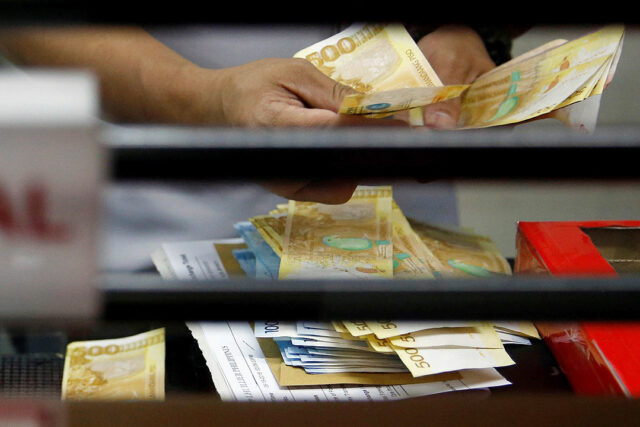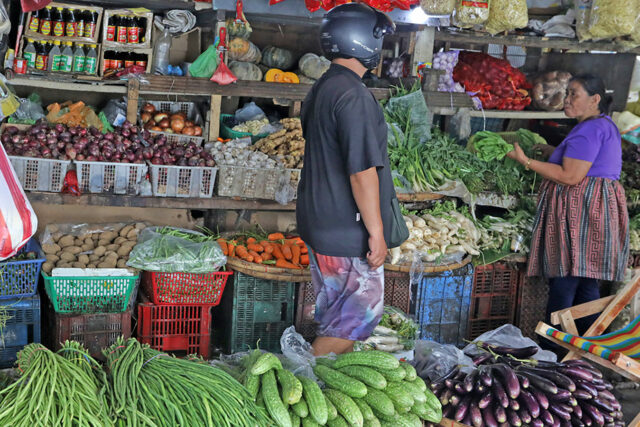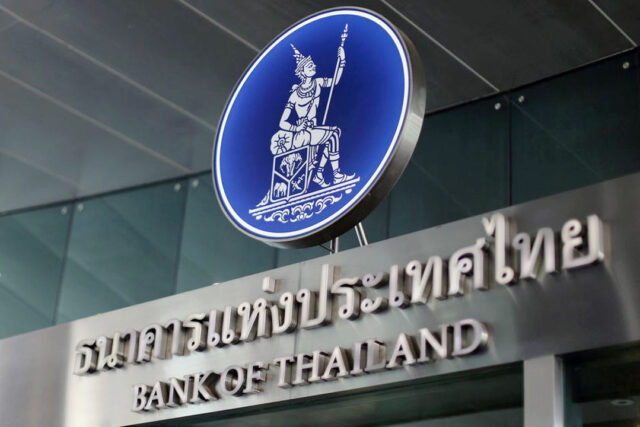(Part 1)
A Philippine delegation of 42 agribusiness entrepreneurs and academics traveled to Ho Chi Minh from June 24 to 27 to observe best practices in farming, logistics, manufacturing, and retailing related to food security. To illustrate how successful Vietnam has been in the agribusiness sector, in 2024, it exported a total of $62 billion in agricultural and aquacultural products (especially rice, coffee, cashew, durian, and seafood) as compared to our measly $7.74 billion (coconuts, bananas, and pineapple). Its total exports of goods in the same year were $424 billion compared to our $73 billion. There is much we can learn from the Vietnamese in bringing our economy to higher level of per capita income, as well as a much lower level of poverty incidence (2% in the case of Vietnam compared to our 16%).
It was only in 2020 that Vietnam surpassed us in per capita income. The last time I visited Vietnam was 15 years ago when it was very much a low-income economy and we were already a low middle-income one. Today, Vietnam is ahead of us in attaining the status of high middle-income country.
As of 2024, Vietnam was still classified by the World Bank as a lower middle-income economy. To qualify as high middle-income, a country must have a per capita income of between $4,516 to $14,005. Vietnam’s per capita income is still $4,490. (To be considered high-income, per capita income should be $14,005 or higher.) The Philippine per capita income is slightly behind that of Vietnam at $4,150. It is expected that Vietnam will become a high middle-income economy this current year 2025, while the Philippines will follow in 2026.
Because Vietnam’s GDP growth may slow down this year as a result of the tariffs on its exports that are being imposed by the Trump Administration, the gap between Vietnam and the Philippines in per capita income may narrow this year. The low export-to-GDP ratio of the Philippines, usually a weakness in normal times, becomes an advantage during recessionary times.
Vietnam and the Philippines may look like non-identical twins as regards per capita income. But Vietnam is in a much better position as regards the more equitable distribution of income and the level of food security. That is why it would be wise for our leaders to examine very closely how Vietnam has reached its present position in order to learn some very important lessons in both economic policy formulation and implementation.
In general, Vietnam overtook us in economic development (especially as regards reducing mass poverty) for the same reasons that the so-called “tiger economies” (Singapore, Taiwan, Hong Kong, and South Korea) and later our ASEAN peers (Malaysia, Thailand, and Indonesia) left us behind during the last century.
From the start of our efforts to develop in the 1950s, we adopted an inward-looking, protectionist, capital-intensive, and import-substitution strategy for almost half a century. In contrast, our more successful neighbors followed an outward-looking, export-oriented and labor-intensive strategy.
Second, we failed to provide our economy with efficient infrastructure, especially farm-to-market roads and low-cost energy, spending a trivial 2% to 3% of GDP on infrastructure for decades while our neighbors were lavishing their respective economies with public works, spending at six or more percent of their GDP.
In the case of Vietnam, another explanation for their rapid growth and eradication of poverty was their willingness, from the very start of their reconstruction process, to allow foreigners to own 100% equity in major industrial and infrastructure projects while our leaders enshrined in our Constitution, under a mistaken notion of patriotism, a provision prohibiting foreigners from owning more than 40% in any domestic enterprise.
In addition to investing heavily in countryside infrastructure, the Vietnamese Government spared no effort in helping their small farmers with agricultural extension services, credit facilities, cooperatives development, and access to markets. It is no wonder that the poverty incidence in Vietnam was 2% in 2024, compared to our 16%.
The macroeconomic data about the phenomenal economic success of Vietnam can be complemented by certain personal observations. Let me start with my own.
My very first trip to Ho Chi Minh and Hanoi was in 1985, 10 years after the US armed forces fled Saigon. I still saw much of the devastating destruction wrought by the war. At that time, according to World Bank data, the per capita incomes of the Philippines and Vietnam were $686 and $231, respectively. Vietnam was without doubt a Third World country then and the Philippines, with almost three times more in per capita income, was an emerging low middle-income economy.
There were very few cars then, with bicycles dominating the road.
What I saw during my last trip to Ho Chi Minh was a truly high middle-income economy, with first-class infrastructure, tens of millions of cars, and more than a hundred million motorcycles all over the country. Whereas in 1985, Ho Chi Minh could be compared to a rural city like General Santos City is today, now it can hold its own against our Makati and Bonifacio Global City in terms of the number of skyscrapers.
The witness of one of the speakers in our roadshow was even more dramatic and awe-inspiring.
We had invited the owner and CEO of Lionheart Farms, an integrated coconut farm in Rizal, Palawan, to address the roadshow participants — some 40 Philippine and 20 Vietnamese “agripreneurs.” Christian Eyde Moeller, a Dane married to a Filipina, is getting to be well known in Philippine agribusiness for his very innovative approach to large-scale coconut farming. He delivered a paper in our roadshow entitled “Vietnam’s Agricultural Dominance: A Blueprint for the Philippines.” If there is a sector in Vietnam which we should closely follow the footsteps it had taken in the last 20 to 30 years, it is agriculture and all its allied fields (post-harvest, cold storage, logistics, supply chain, processing, and retailing). What happened in Vietnam in the “agribusiness sector” over the last 20 years is nothing short of a miracle.
As a young modern farmer from Denmark, Christian Moeller went to Vietnam in 1988. He landed in Ho Chi Minh City and witnessed at close range the famous Doi Moi politico-economic reforms inspired by the entrepreneurship, hard work, and adaptability of the Vietnamese people. They applied to the battle of fighting poverty the same indefatigable and resolute spirit that enabled them to win the wars against the French, the Americans, and the Chinese. He participated in the beginning stages of Vietnam’s economic development by establishing a container shipping company and leading trail-blazing investment.
Fortunately for us Filipinos, in 2015, Mr. Moeller began a trail-blazing project in Rizal, Palawan when he co-founded Lionheart Farms. He had seen the potential in improving the productivity of the Philippine coconut industry, primarily by fighting infrastructure challenges and the traditional mindset of farming in the Philippines. He has a very ambitious goal of leading the sustainable transformation of coconut farming. The end result of his efforts will be to unlock the true potentials of Philippine agriculture (inspired by what he witnessed in Vietnam); bring forward the next generation of farmers; and help the Philippines narrow the gap represented by the total agricultural exports of Vietnam ($62 billion) and those of the Philippines ($7.8 billion in 2024).
Mr. Moeller saw with his own eyes the dramatic transformation of Vietnam’s agricultural sector over a 37-year period. In 1988, Vietnam’s rice yield was 2.5 tons per hectare; 70% of its work force was in agriculture and its total agricultural exports was less than $20 million. Today, its rice yield has catapulted to nine tons per hectare, making Vietnam the second largest exporter of rice in the world. As already mentioned above, its total agricultural exports are a mind-boggling $62.4 billion.
(To be continued.)
Bernardo M. Villegas has a Ph.D. in Economics from Harvard, is professor emeritus at the University of Asia and the Pacific, and a visiting professor at the IESE Business School in Barcelona, Spain. He was a member of the 1986 Constitutional Commission.
bernardo.villegas@uap.asia













